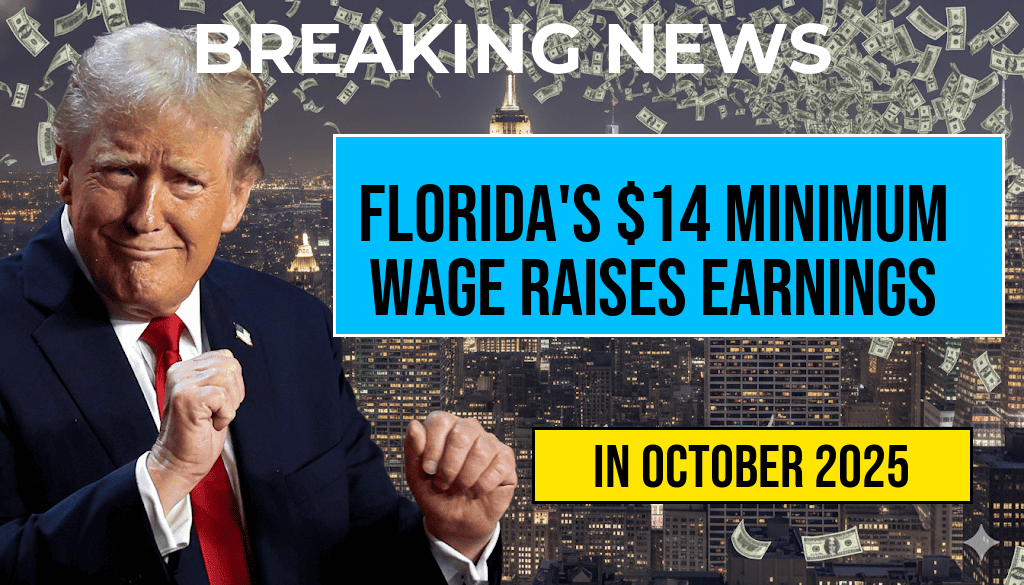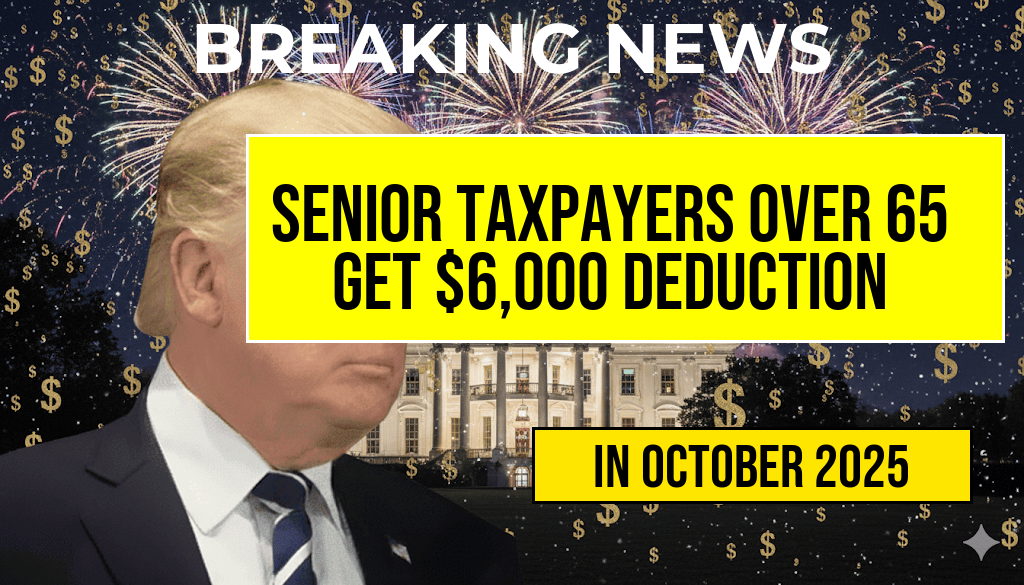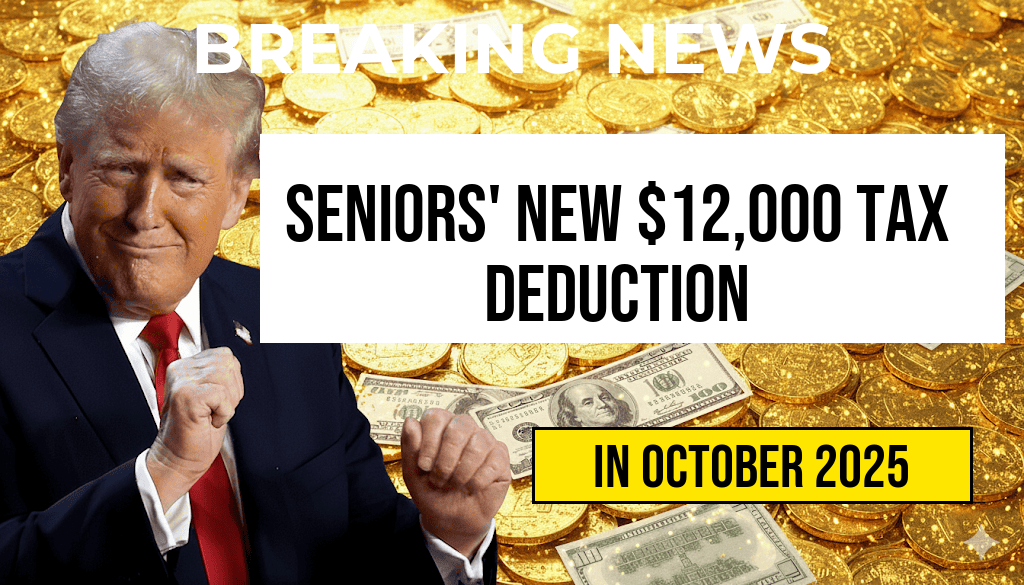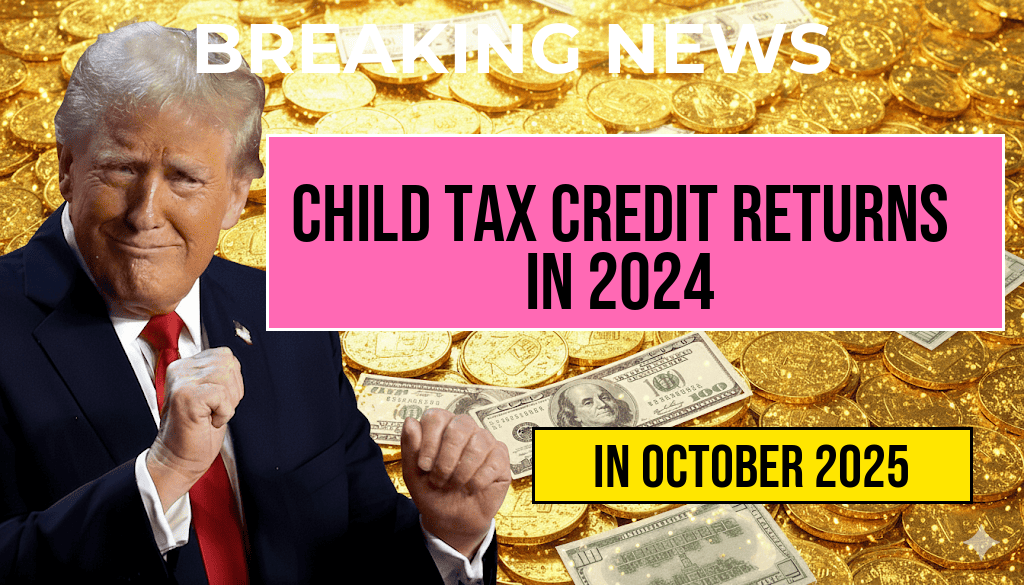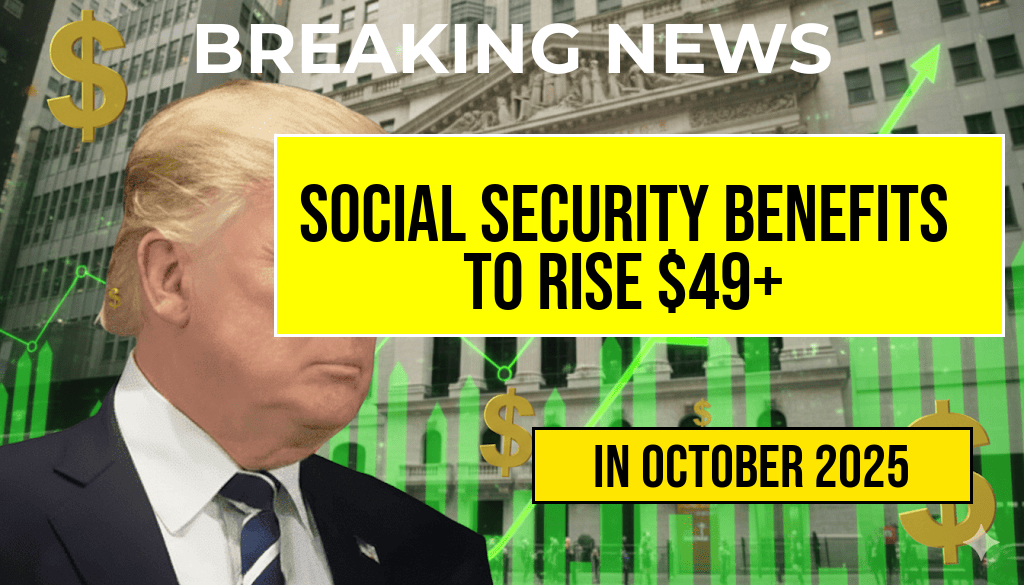Former President Donald Trump has publicly expressed support for allowing high-risk cryptocurrencies to be included in 401(k) retirement plans, marking a significant shift in the ongoing debate over digital assets and retirement investment strategies. Trump’s proposal, unveiled during a recent conservative conference, suggests that investors should have more freedom to allocate a portion of their retirement savings into volatile assets like Bitcoin, Ethereum, and other emerging cryptocurrencies. While critics warn that such moves could expose retirees to substantial financial risk, proponents argue that embracing innovative assets could diversify portfolios and potentially enhance long-term returns. The proposition has sparked a broader conversation among policymakers, financial advisors, and retirement plan administrators about the future of investment options within employer-sponsored retirement plans.
Background on Cryptocurrency and Retirement Plans
Traditional 401(k) plans have historically concentrated on stocks, bonds, and mutual funds, with regulations emphasizing risk mitigation and steady growth. The idea of integrating cryptocurrencies into these plans has gained traction in recent years, driven by the rapid growth of digital assets and their increasing acceptance in mainstream finance. However, regulatory hurdles and concerns about market volatility have kept cryptocurrencies largely outside the scope of employer-sponsored retirement accounts.
Currently, the U.S. Department of Labor (DOL) restricts the inclusion of high-risk assets in retirement plans, citing fiduciary responsibilities to protect participants from investment losses. Nevertheless, some financial advisors advocate for a more flexible approach, arguing that a small allocation in cryptocurrencies could serve as a hedge against inflation and diversify asset holdings. Trump’s stance appears to challenge this regulatory framework, emphasizing personal choice and the potential financial upside of digital assets.
Details of Trump’s Proposal
Key Points of the Initiative
- Inclusion of High-Risk Cryptocurrencies: Advocates for allowing up to 5% of a participant’s 401(k) contributions to be invested in cryptocurrencies deemed high-risk.
- Regulatory Adjustments: Calls for modifications to existing fiduciary standards to permit plan administrators to offer cryptocurrency options without violating legal obligations.
- Investor Education: Emphasizes the importance of providing participants with comprehensive education on the risks and benefits associated with digital assets.
- Market Oversight: Suggests increased oversight and regulation to prevent fraud and protect investors in these new asset classes.
Rationale Behind the Proposal
Trump argues that younger investors, in particular, could benefit from exposure to cryptocurrencies, which have demonstrated significant growth over the past decade. He contends that limiting access to these assets may hinder diversification and the potential for higher returns, especially as digital currencies become more integrated into global financial systems. His proposal underscores the need for individual choice, asserting that responsible investors should decide whether to include high-risk assets in their retirement planning.
Reactions from Financial Experts and Regulators
Supporters’ Perspective
Proponents within the financial community highlight that a controlled exposure to cryptocurrencies could serve as a catalyst for increased portfolio growth. Forbes features several advocates who suggest that modernizing retirement investment options to include digital assets aligns with evolving market trends and investor preferences. They emphasize that providing educational resources and risk disclosures can mitigate potential downsides.
Concerns and Criticisms
Opponents warn that the inherent volatility of cryptocurrencies could jeopardize retirement savings, especially for older investors nearing retirement age. The Securities and Exchange Commission (SEC) and the Department of Labor continue to emphasize caution, citing the high risk of market manipulation, lack of regulation, and potential for loss. Critics also question whether plan administrators have the expertise to manage such volatile investments responsibly.
Potential Implications for the Retirement Industry
| Aspect | Potential Effect |
|---|---|
| Investment Diversification | Broader asset choices could attract younger investors seeking growth opportunities. |
| Risk Management | Increased volatility may require new fiduciary protocols and risk disclosures. |
| Regulatory Landscape | Potential adjustments in federal regulations to accommodate digital assets in retirement plans. |
| Market Stability | Wider adoption could influence cryptocurrency prices and market stability. |
Next Steps and Outlook
While Trump’s proposal has garnered attention, it remains subject to regulatory review and legislative debate. Implementing such a change would require amendments to existing rules governing fiduciary duties and investment options within 401(k) plans. Industry insiders note that any move toward including high-risk cryptocurrencies would necessitate comprehensive safeguards, including investor education, risk disclosures, and oversight mechanisms.
As the conversation evolves, it reflects a broader shift in how digital assets are perceived within mainstream financial planning. For now, most retirement plan providers continue to exercise caution, prioritizing stability and compliance. Nonetheless, the debate underscores the ongoing tension between innovation and regulation in the rapidly changing landscape of digital finance.
Frequently Asked Questions
What is the main proposal discussed in the article regarding 401(k) retirement plans?
The article discusses Donald Trump’s advocacy for allowing high-risk cryptocurrencies to be included as investment options within 401(k) retirement plans.
Why does Trump believe adding cryptocurrencies to retirement plans could be beneficial?
Trump argues that including cryptocurrencies could potentially offer higher returns and diversify investment options for retirement savers, though it also involves significant risk.
What are the potential risks associated with including high-risk cryptocurrencies in 401(k) plans?
The article highlights the volatility and uncertainty of cryptocurrencies, which could lead to substantial losses for investors and complicate retirement planning.
How do financial experts view Trump’s proposal to include cryptocurrencies in retirement plans?
Many financial experts express caution, emphasizing the high risk and lack of regulation in the cryptocurrency market, which may not align with long-term retirement investment strategies.
What steps would be necessary to implement the inclusion of cryptocurrencies in 401(k) plans?
Implementation would require regulatory approval, development of guidelines for cryptocurrency investments, and plan provider adaptation to offer these high-risk options to participants.



